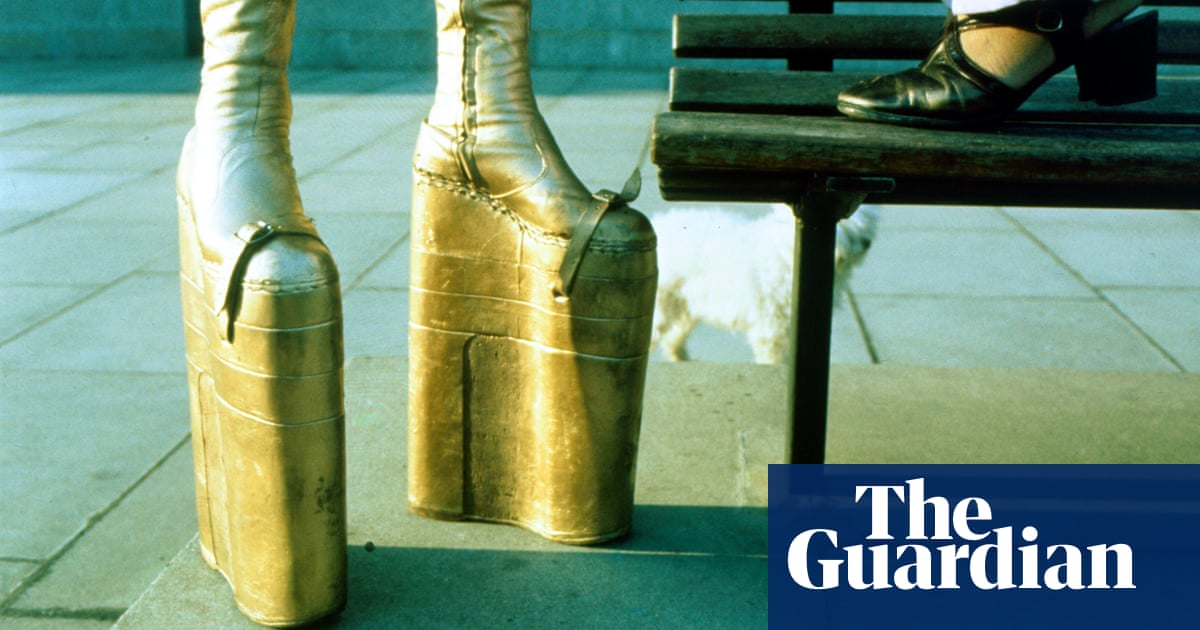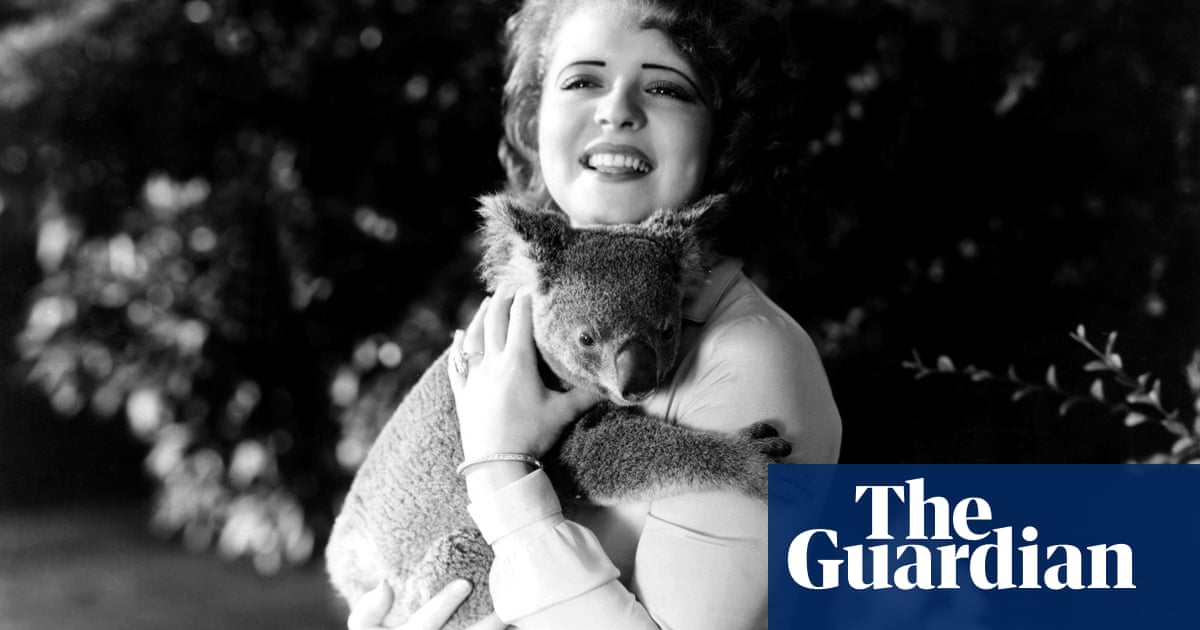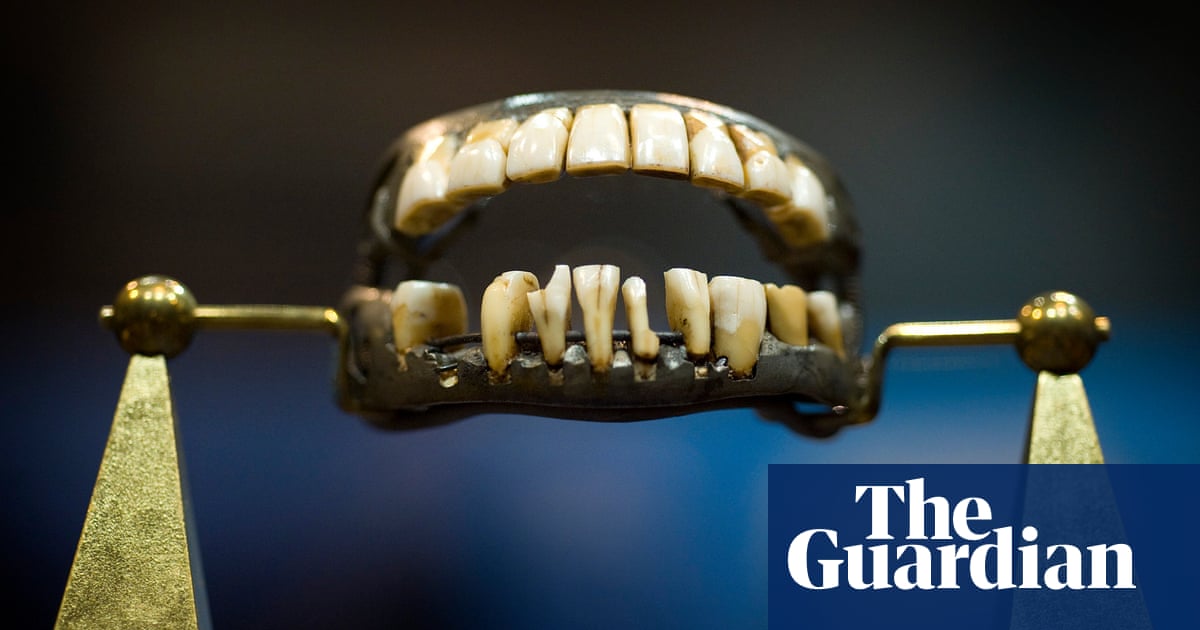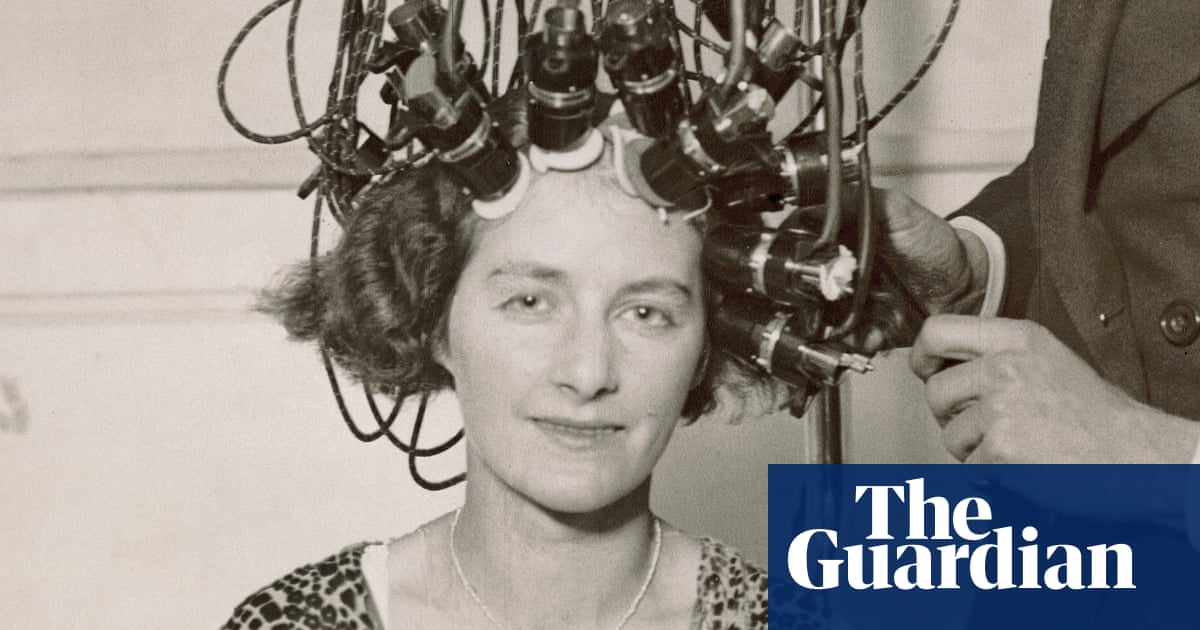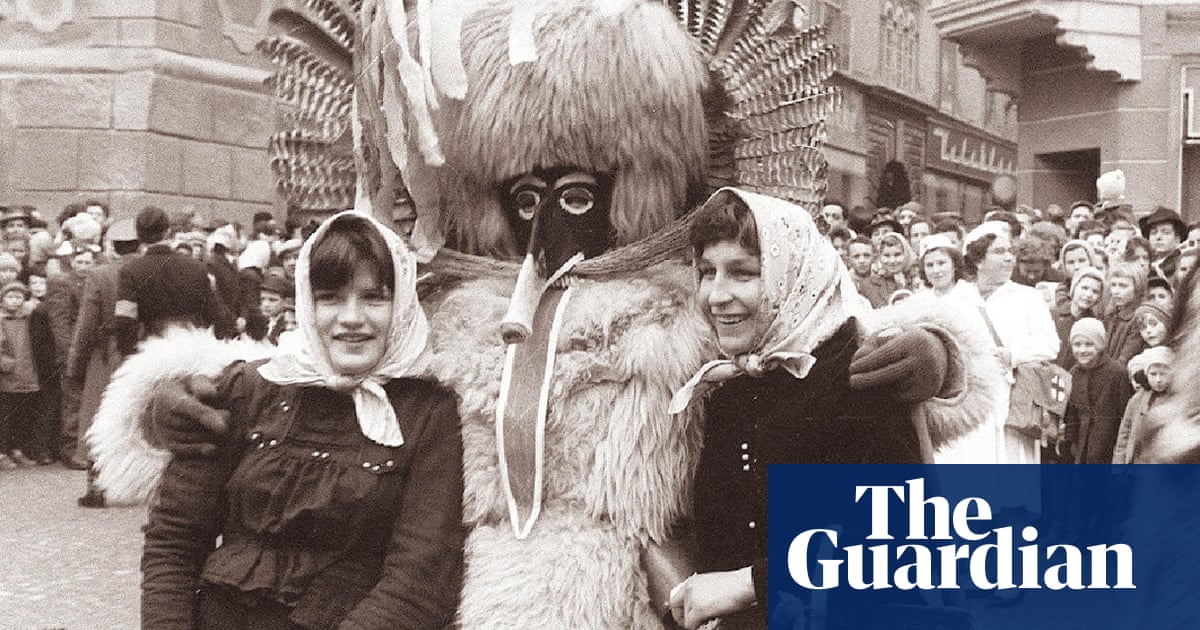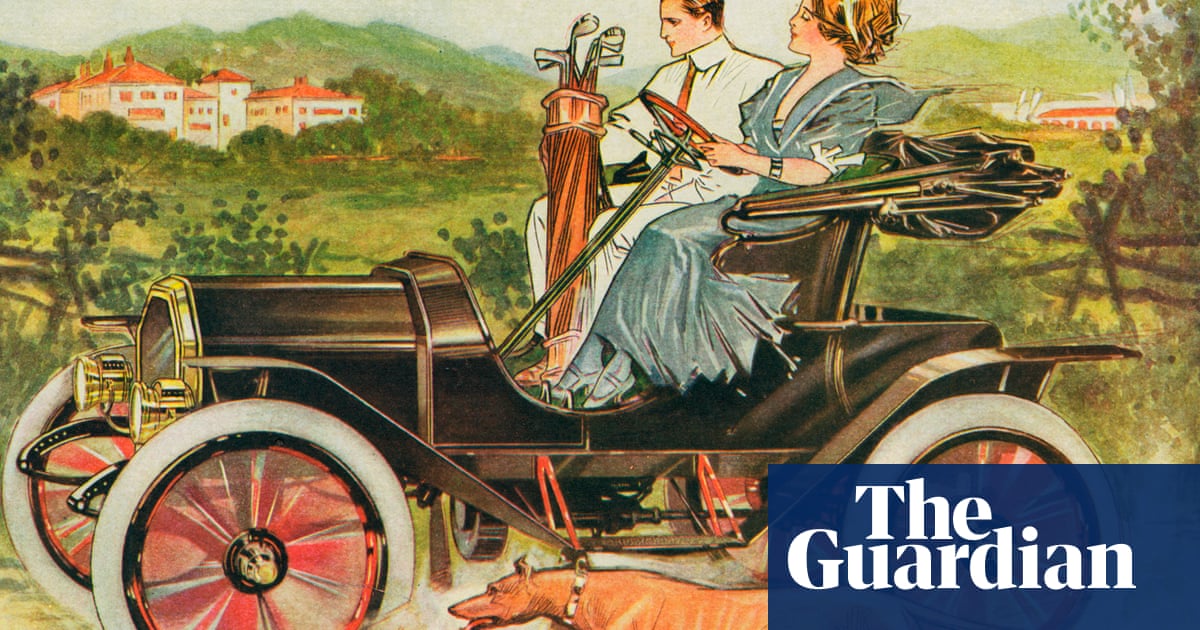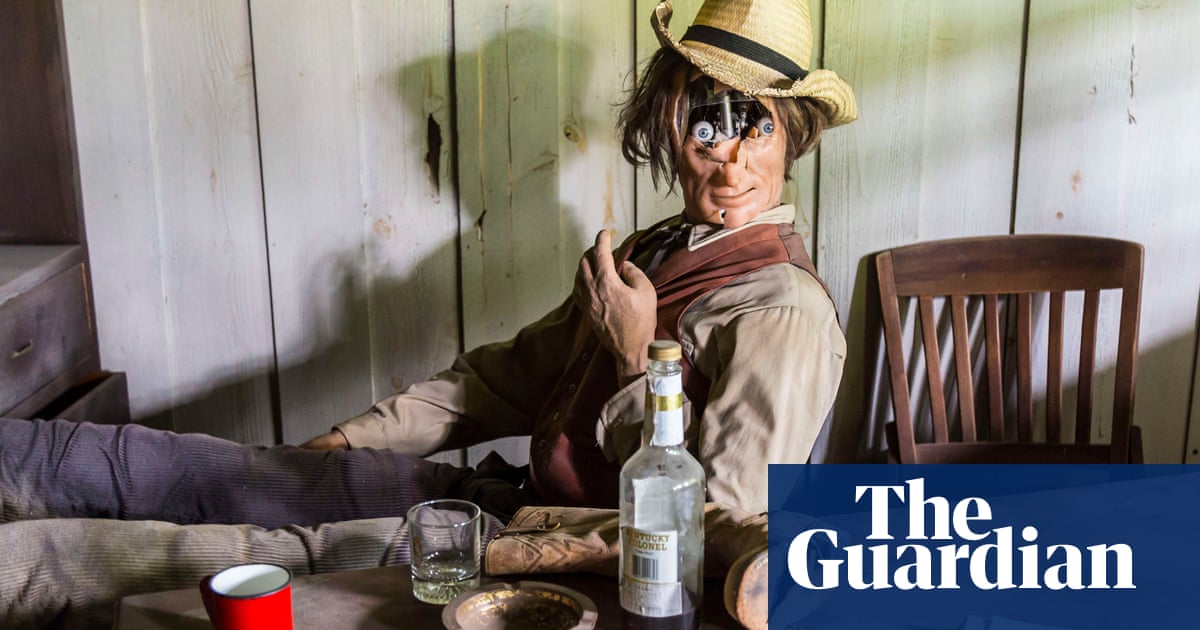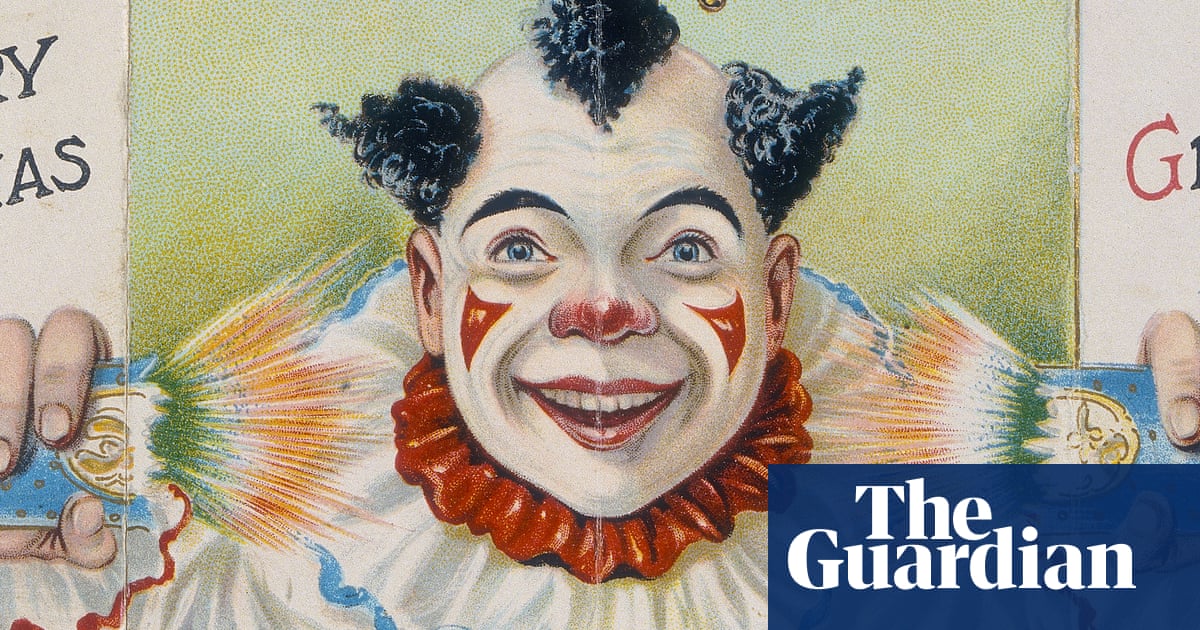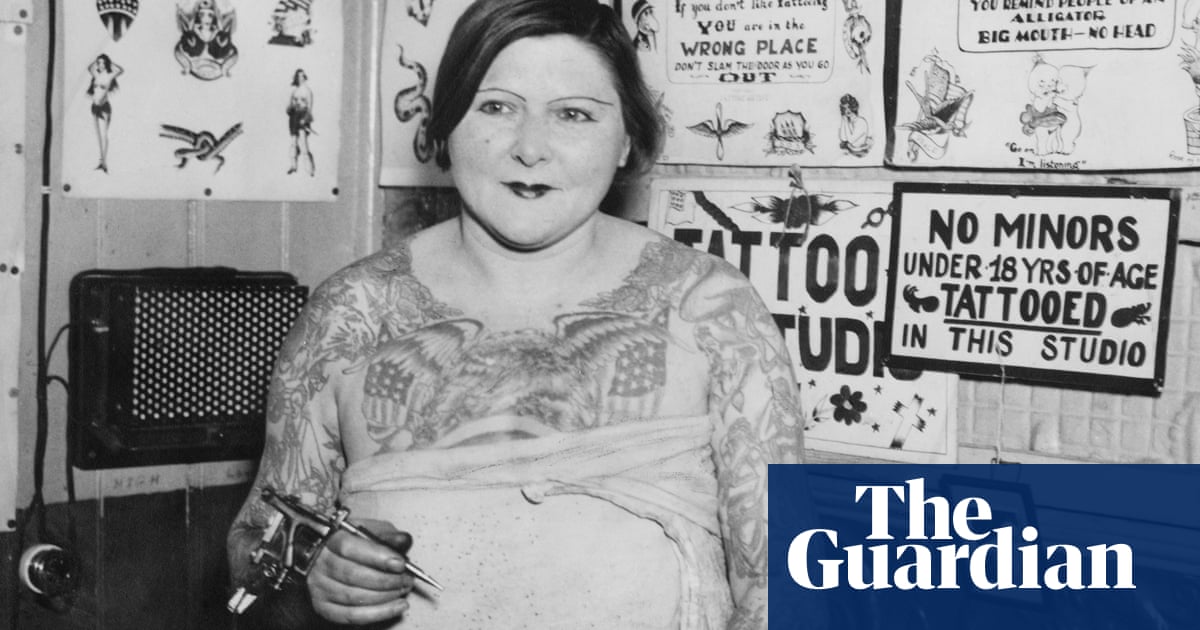
“The most vulgar and barbarous habit the eccentric mind of fashion ever invented.” Thank you, 19th-century arbiter of social taste Ward McAllister.
With the dames Judi Dench and Helen Mirren on the bandwagon, it’s hard to see tattooed women as transgressive today. In some communities, they never were: tattooing practices were part of puberty rituals and used for therapeutic purposes, to commemorate milestones and to recognise kin in the afterlife.
But other tattooed women’s motivations were mysterious. A 3,000-year-old mummy discovered in Deir el-Medina, Egypt, in 2019 is adorned with seated baboons, a cobra, cows and lotus blossoms. Archaeologists have puzzled over why. Was she a priestess, or a “magico-medical healer”? Were her tattoos the equivalent of protective amulets? Did she just really like baboons?
Unpicking the truth about 19th- and early-20th-century western women’s tattoos is tricky, too. Tattooed ladies in circuses needed a good origin story; the more lurid, the better. Tales of frontier capture and kidnap were wildly popular. Nora Hildebrandt maintained her father was forced to tattoo her while they were being held by Sitting Bull. Some stories were even more out-there: Laura Laramie, a tattooed lady in Baltimore, reported giving birth to an identically tattooed baby, according to Margot Mifflin’s fascinating history of women’s tattoos, Bodies of Subversion.
The truth was more prosaic. Tattoos offered emancipation (circus life meant travel and adventure) and the potential of an excellent living. In the 1890s, a successful tattooed lady could earn $100 to $200 a week, when working-class families lived on $300 to $500 a year.
Meanwhile, in fin de siècle high society, getting a tattoo became fashionable pour épater les bourgeois, or to show how well-travelled you were. “In place of spending her spare time posing in front of the camera … the lady about town now consents to be pricked by the tattoo artist’s operating needle,” marvelled an 1898 article. In 1880, the New York Times claimed at least 7.5% of fashionable women in London “were tattooed in inaccessible localities”; 17 years later, the New York World asserted that 75% of American society women had a tattoo.
Regardless of popularity or motivation, there is a pleasing crackle of subversion about history’s tattooed ladies. “Women’s initial interest … came in the wake of feminism’s first wave in the late 19th century … a second craze crested in the suffragist 20s and women tattooists broke the gender barrier in the feminist 70s,” writes Mifflin. Boringly, wimpishly inkless, I find their pictures and stories as thrilling as any carnival sideshow punter. Let’s enjoy this, a rare Shock of the old in which (almost) nothing terrible happens!
The Princess of Ukok
Discovered in the Siberian permafrost in 1993, this possible noblewoman or spiritual leader was buried in the fifth century BC with six horses and cannabis. The startlingly modern-looking tattoos along her arms include a deer with a griffin beak and Capricorn horns, plus a sheep with a snow leopard at its feet. She was recently credited with protecting the Altai region from Covid, but also blamed for causing various natural disasters as retribution for her grave being disturbed. Swings and roundabouts.
Olive Oatman
Oatman’s was the original frontier-capture-tattoo narrative. It was partly true – her family were captured by Yavapai Indians in 1851, then she was traded to the Mohave before eventually being ransomed back to the US army – but the evidence suggests she assimilated happily. Mifflin says Oatman’s adoptive Mohave family probably tattooed her chin “to guarantee her passage to the afterlife”. It’s very unlikely that she was forced: captives were never tattooed and Oatman’s five parallel lines were perfectly straight (which would have been impossible to achieve if she had been wriggling). Later, Oatman toured the country telling her gripping, if inaccurate, tale of abuse and brutality, making her one of the first women to make a living from her tattoos.
Nora Hildebrandt
Hildebrandt beat her great rival Irene Woodward to the stage by a matter of weeks in 1882, but Woodward – younger, slimmer and more conventionally attractive – had the more enduring career (“natural beauty mattered in the business of manufactured freaks,” Mifflin writes). Hildebrandt didn’t do badly, though: on an 1884 tour in Mexico, she was given a pony, an eagle and a tiger. Contrary to her lurid tale of capture by Sitting Bull, her 365 tattoos (including birds, flowers, and the word “liberty” on her leg) were completed by her common-law husband Martin, a popular tattooist.
Aimée Crocker
Crocker’s tattoos were among the tamer things about her. A railroad heiress known in the 1910s as “the Queen of Bohemia”, Crocker had five husbands, two of whom were Russian princes (they claimed) 20 years her junior. She once threw a party for “the Maharaja of Amber” without telling guests that the maharaja was her boa constrictor. She wrote about a sexual encounter with a Chinese violin in her magnificently titled autobiography And I’d Do It Again. During a decade spent travelling the world, she acquired a tattoo of a snake (of course) on her leg, a butterfly on her back and many more.
Emma de Burgh
De Burgh and her husband, Frank, showed as a tattooed couple, inked with each other’s names. Religious and patriotic tattoos conferred a form of respectability; De Burgh’s motif of Leonardo da Vinci’s Last Supper was considered a particularly fine example (the eye on her elbow that could “wink” at observers sounds more fun). De Burgh’s career tanked as she became larger, with the pre-Raphaelite painter Edward Burne-Jones writing waspishly after sketching her in 1893: “She had grown very stout … when I looked at the Last Supper, all the apostles wore broad grins.”
Maud Stevens
It was tough for tattooed ladies to move to the other side of the needle – the skills were jealously guarded by male tattooists. Stevens, a contortionist and aerialist, apparently persuaded her future husband, Gus Wagner, to teach her his stick-and-poke technique in exchange for a date after seeing him tattoo 1,900 people at the 1904 World’s Fair. Their daughter, Lotteva, joined the family business at nine. If Maud told you not to move, you would obey, wouldn’t you?
Princess Waldemar of Denmark
The tattooing craze reached the arms, and other parts, of the crowned heads of Europe: “The Grand Duke Alexis of Russia is most elaborately tattooed. And Prince and Princess Waldemar of Denmark, Queen Olga of Greece, King Oscar of Sweden, the Duke of York, the Grand Duke Constantine, Lady Randolph Churchill,” according to an 1898 report. Tattoos were often a travel souvenir, gap year-style: the princess’s was “tattooed on her arm in the Far East”, where she had “many interesting experiences, visiting Chinese opium-dens”, the caption reads. She also liked driving trains and putting out fires and sounds quite the gal.
Early cosmetic tattooing
Tattooed ladies retained a great deal of stigma well into the 20th century, partly thanks to skull-shape-obsessed 19th-century weirdo Cesare Lombroso, who called it a “wholly savage operation”. He claimed tattooed people were “instinctive criminals” and the more “degraded” a sex worker was, the more likely she was to have tattoos. Cosmetic practitioners distanced themselves by not calling their services tattooing, but a “complexion treatment” using a “mechanical process” that was “medically supervised”.
Mildred Hull
Hull, a former burlesque dancer, operated her New York emporium behind a barbers’ shop on the Bowery – the hotbed of tattoo parlours – for 25 years, describing herself as “the only lady tattooist”. According to Mifflin, Hull tattooed everything from fake hair and scar cover to social security numbers; she had 300 tattoos herself. She even made the cover of the ultra-respectable Family Circle magazine in 1936 .
Betty Broadbent
Broadbent – probably the best known of the tattooed ladies, with a 40-year international career – ditched nannying for the circus in 1927, first as a “spidora” (an illusion that made her look like a person’s head on a spider’s body), before getting tattooed. She sounds like an intriguing mix of conventional and transgressive, distinguishing herself from “carnival floozies”, but being keen on independence and fame. She entered a televised beauty contest at the 1939 World’s Fair. “Tattooing has opened my way to the whole world,” she said.




